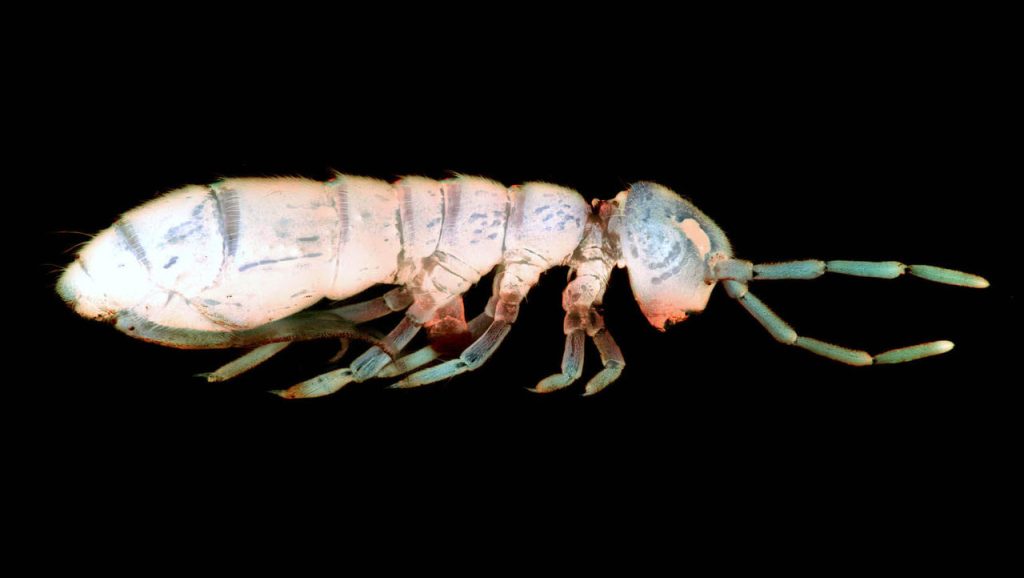How to Minimize Chances of Reinfection of Morgellons from Contaminated Areas
Description: Techniques and products to use to avoid reinfection from contaminated areas. In Yesterday’s Sunday call the topic of how to minimize being reinfected from going into a contaminated area. Specifically, one participant’s elderly relatives lived in a contaminated home with contamination outside as well. Or maybe your attic, garage, or basement is contaminated and you need to go there for some reason or other. Remember, these organism can live for many years, if not indefinite. Remember, making one tiny mistake can cause you months of misery as it did with Robin, my co-host. She had made the diet work, effectively disinfected her home in just 6 months and even hosted a holiday party. She was on cloud nine and then she went into her attic and opened a box of holiday ornaments and before she knew it, she was reinfected and her whole house ended up getting contaminated. It took her almost a year to get back to where she was before she opened Pandora’s box, as we called it. Then in yesterday’s call, a young fellow shared he was free of symptoms after 2 weeks of being on the diet and then he suddenly noticed all symptoms returning. After some discussion, he remembered that he took a shirt out of the closet and shortly after noticed itching. Reinfection can be that fast. Back to protecting youself against reinfection when going to a place you know is infested such as the participants’ elderly relatives. There were a few things that you can do”► Wear boots – higher the better. Especially in infested yards. ► Wear clothing to shield contact as much as possible► Eye Goggles if necessary► Cover your head as effectively as possible(as close to a Hazmat suit as possible)► apply pheromones reported by Robin to be helpful, Click here And of course, when you get back home, disinfect your auto and disinfect everything you wore. Tony, one participant, shared that he found Sawyer 20% Picaridin Insect Repellent effective. He found it on Amazon. Click here. If you’ve found other methods or helpful products, please return this email and let me know and I’ll add your discoveries to this email for the next time I address this topic. I thank Tony for his contribution. My book is largely comprised of contributions from participants sharing what worked for them. Do Freezing Temperatures Kill Them? Do Freezing Temperatures Kill Them?Freezing temperatures won’t destroy them but why? Why don’t these tiny organisms simply freeze to death in arctic temperatures? The answer is that these organisms developed a special anti-freeze enzyme about 400 million years ago the keeps them from freezing. “Super antifreeze in cells: The ability to survive in ice and snow developed in animals far earlier than we thought” is a very informative easy to read article published in Science Daily about Collembola. Click here to read more. This explains how they thrive in sub freezing Artic temperatures, but how do they thrive in very hot volcanic like temperatures? Perhaps one day I’ll run across an article explaining that phenomenon as well. Does Climate Change Affect Collembola? “Life in the dirt is hard, and climate change isn’t helping,” is an article about how warmer climates are threatening some species of Collembola. It’s an interesting article with many colorful pictures. Apparently, the species they studied are different than the ones affecting us because even the heat of a dryer has no effect on the ones plaguing us. Riddle: How many Collembola can Fit in Front of Your Couch? The area in front of your couch might be a square meter. And, it’s not really a riddle. The answer is one million as noted in press release titled, Invasive species set to exploit climate change in Antarctica. I don’t know how they figured that out, but that’s a lot of organisms. Granted Antarctica has little to do with our challenge, but I thought the number of Collembola that can be in a small space phenomenal. Just one of them can be one too many and can make life miserable. Yet, a million organisms provides you with a reference. You’re not just disinfecting to kill several organisms, but a huge number can be present. One square meter is about ten square feet–the space in front of your couch or under your table. And, they are also in every crevice. Thus, whatever you spray or fog has to reach every one of them. And remember, there are eggs there too hatching every minute which makes the job of disinfecting even more challenging. Yes, it’s overwhelming, but not impossible. The strange thing about the article is that I didn’t see why it’s a problem or an issue for the environment if Collembola takes over Antarctica. They eat fungi and it would seem that they would not thrive unless fungi become an issue in Antarctica. What to Do About Getting Rid of Collembola in Your Environment As I wrote in my book, “How to Get Your Life Back from Morgellons and Other Skin Parasites,” I got infected from pulling a vine from a large pine tree in my back yard. Well, not only did I get infected, but so did the area all around that tree and any animals, such as the backyard raccoons. rabbits, ground hogs, and so on that walked through that area. And then the raccoons started attacking the fish in the pond and contaminated the area around my swing next to the pond. Forty years later the raccoons continue to contaminate the patio meaning if I don’t spray the area with Garden Safe Fungicide III, I can get recontaminated by sitting on the swing. It seems that under the swing was a favorite place for raccoons to munch on the fish they stole from the pond. I have two options, disinfect with the Garden Safe Fungicide III or simply wear boots when I sit on the swing. For the most part I’m lazy and just wear clonker boots when I go out to the swing. Al emailed me to
How to Minimize Chances of Reinfection of Morgellons from Contaminated Areas Read More »

